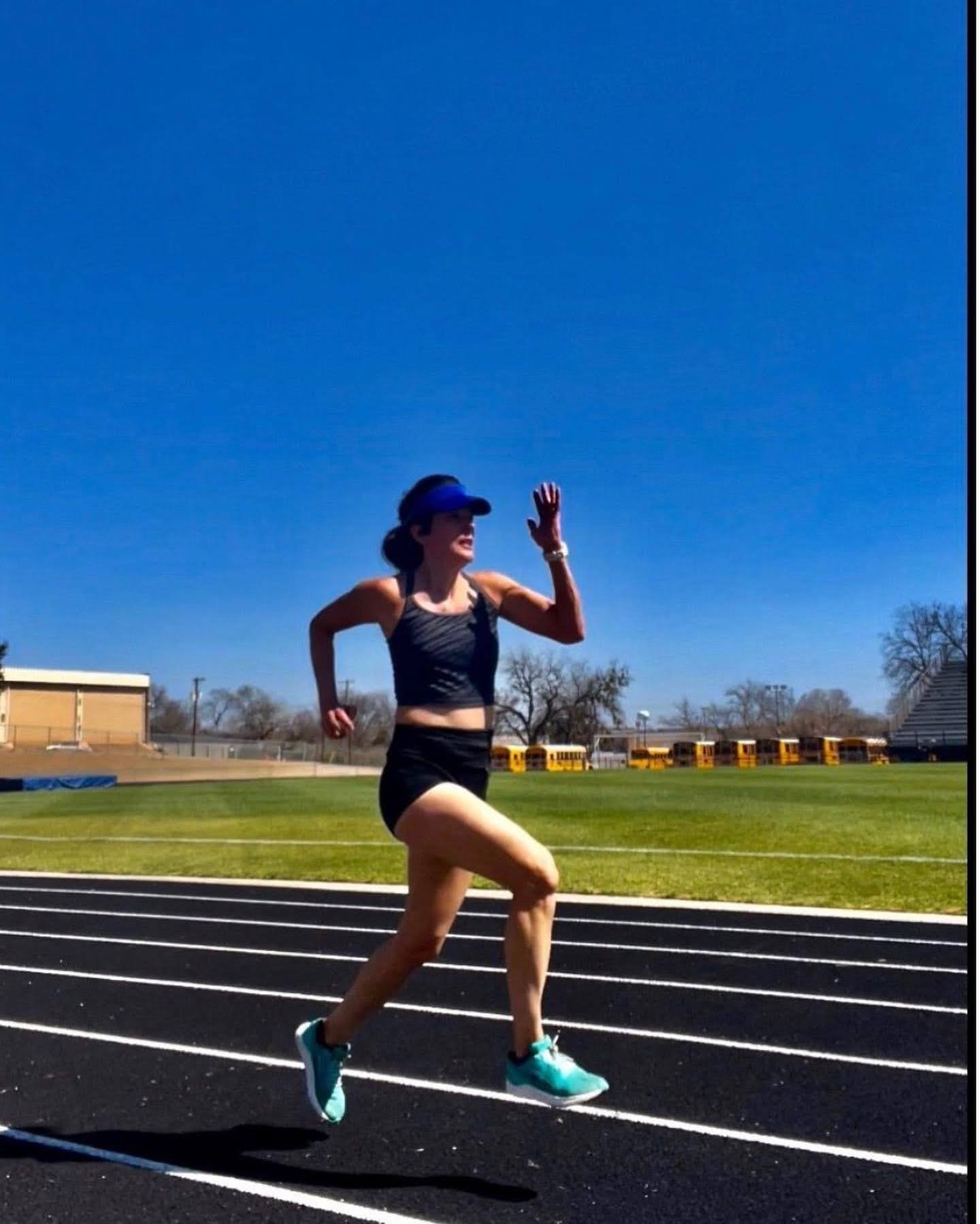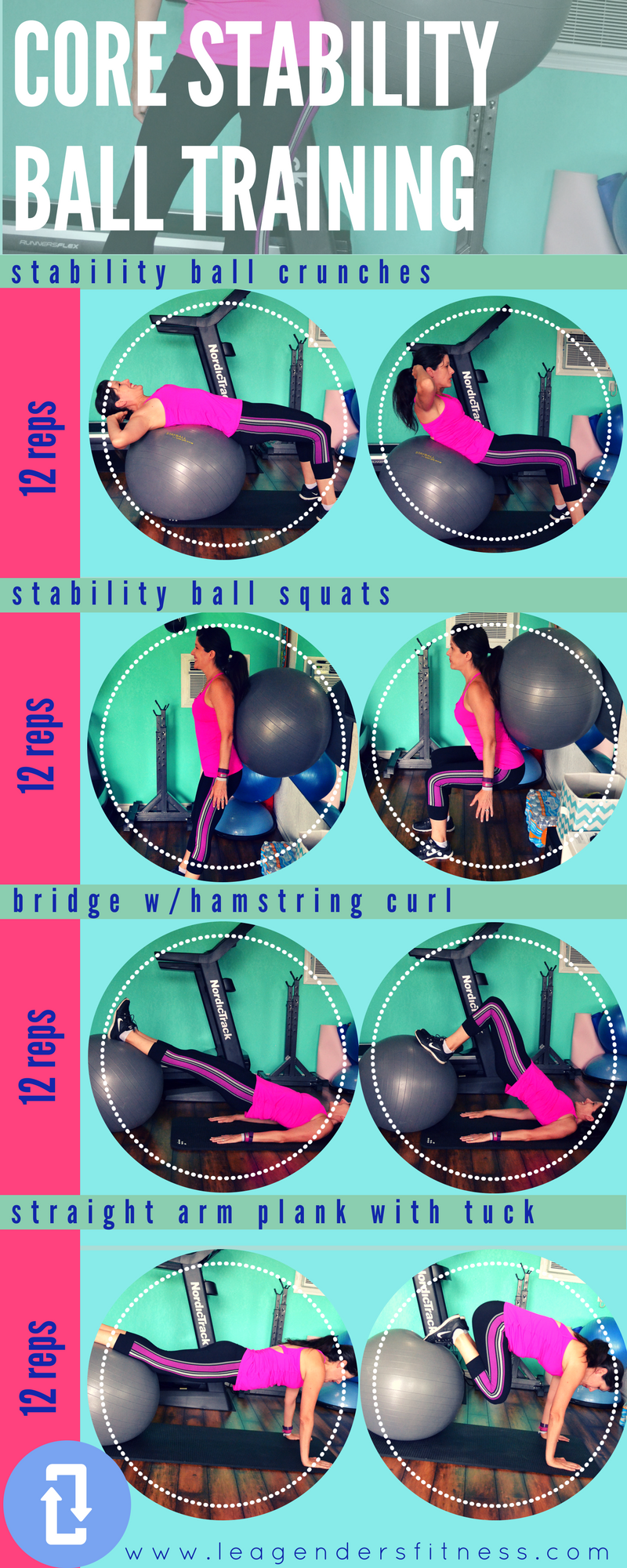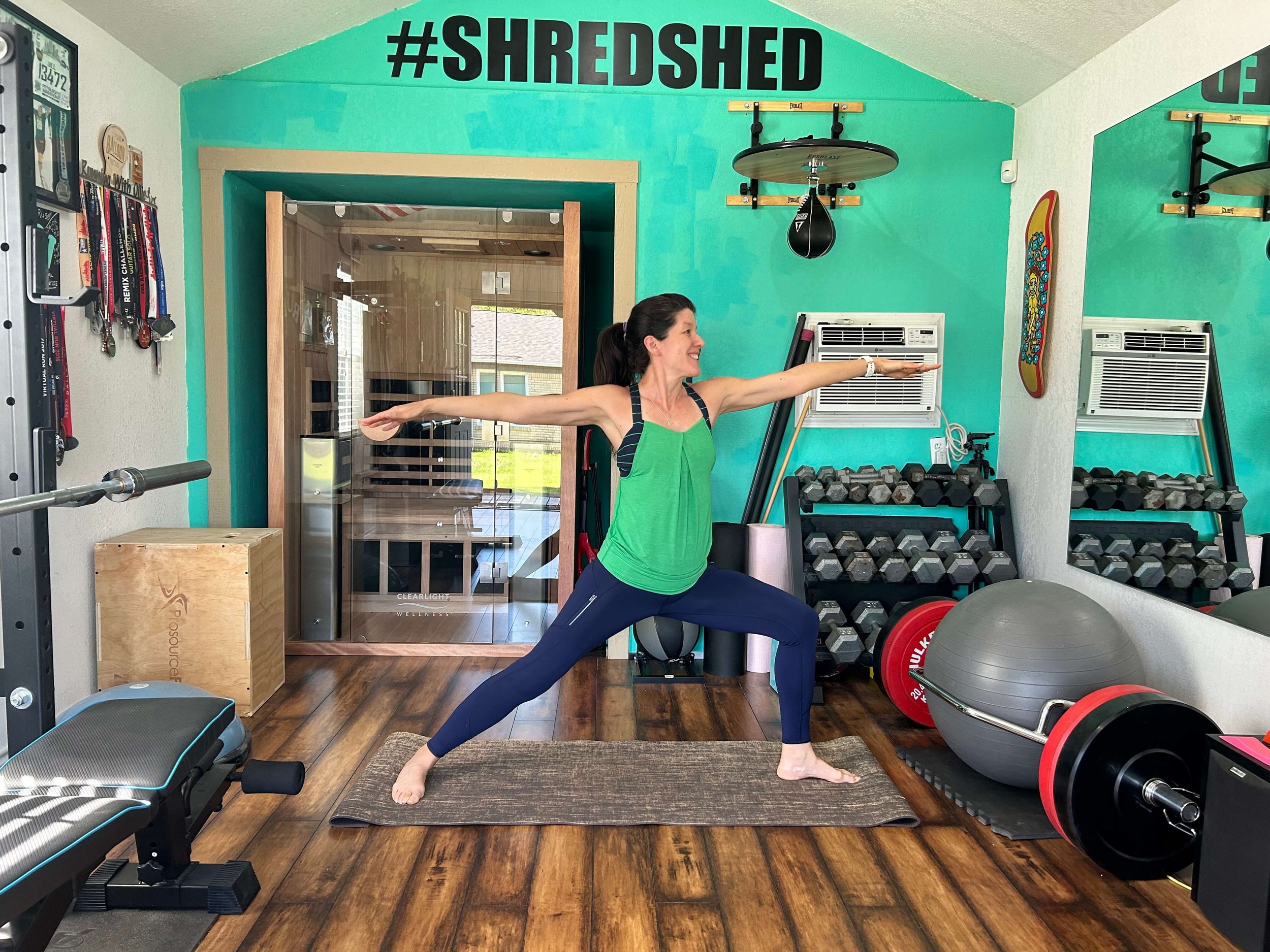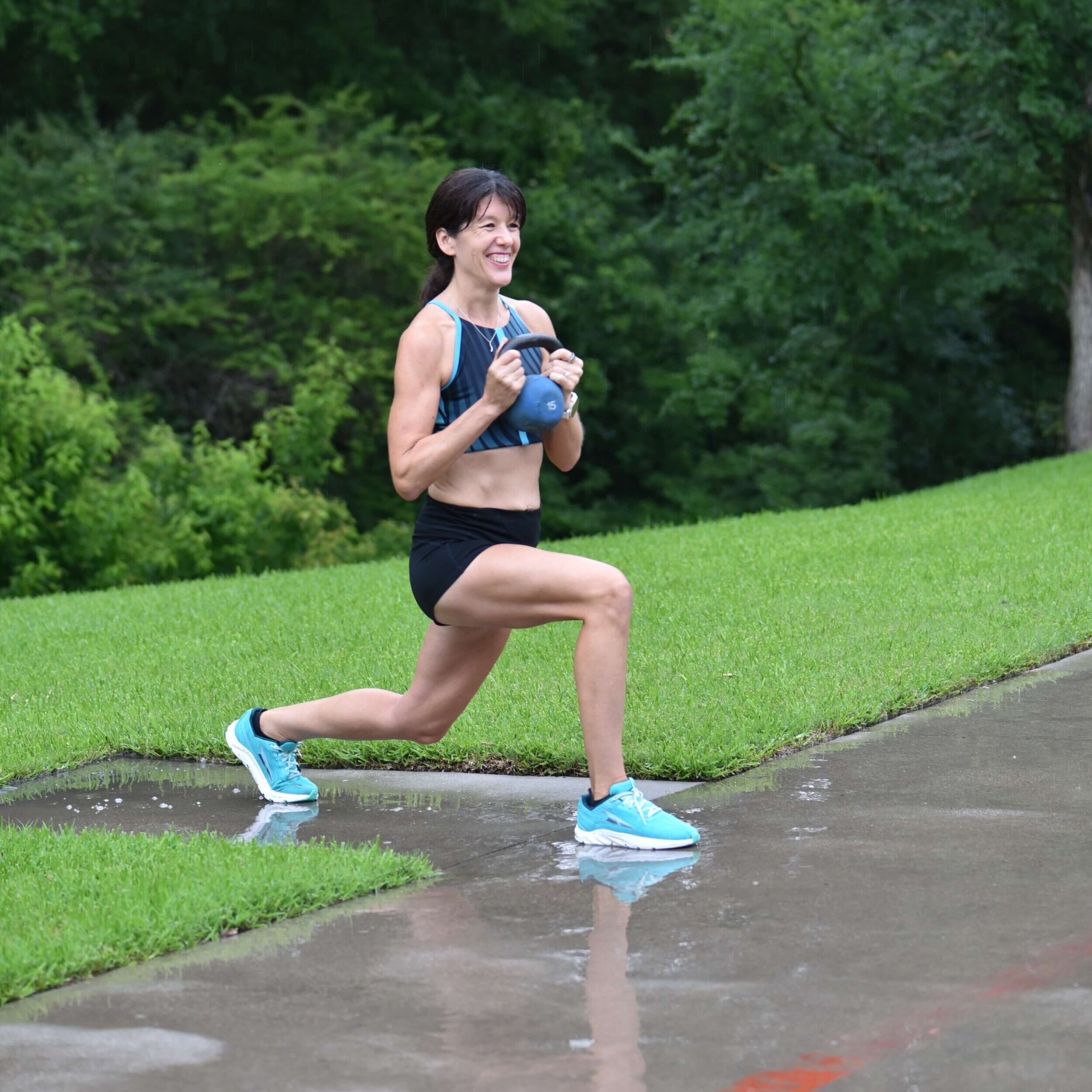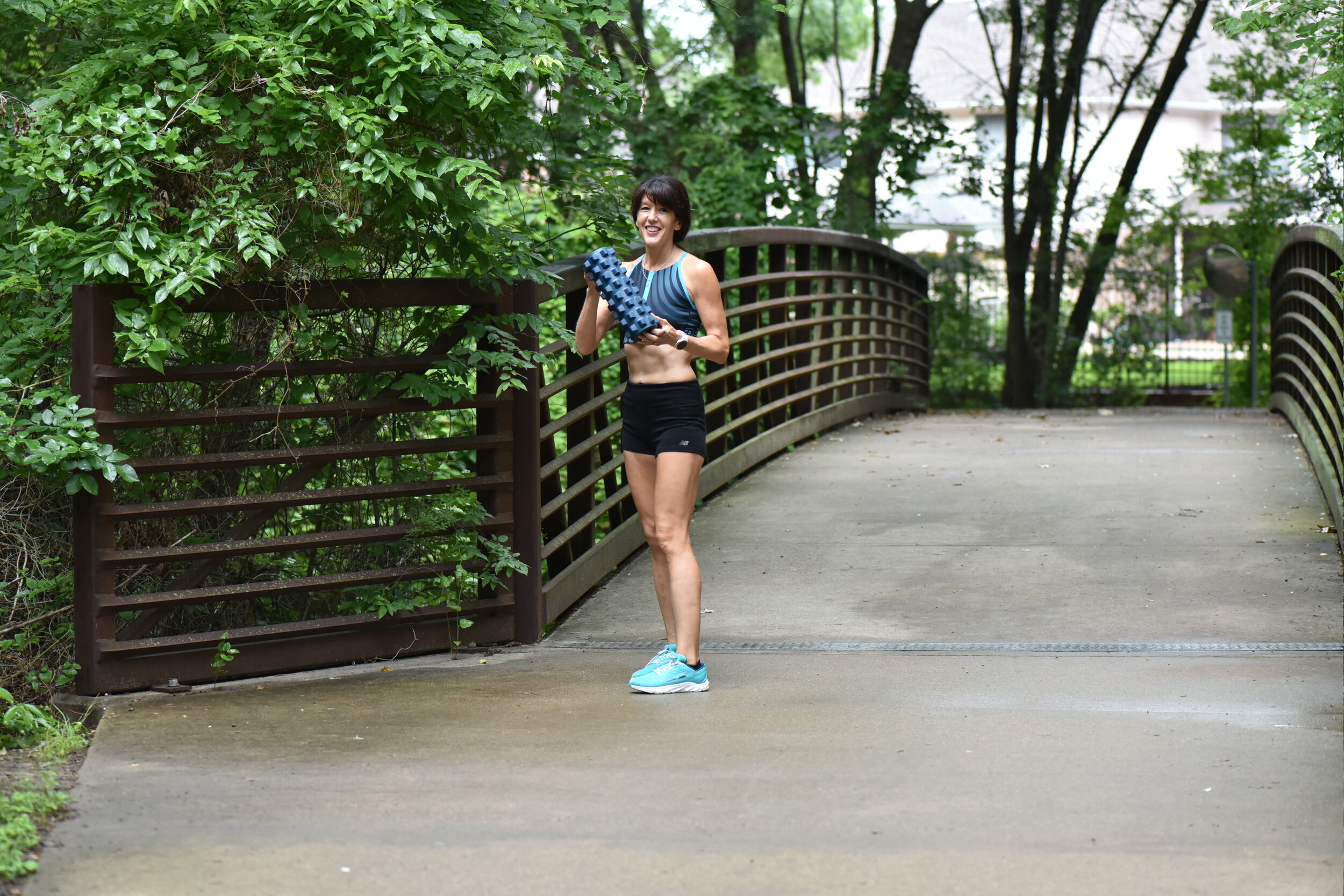I get most excited and energized by blogging, running and rock music so I am always thrilled when I get the opportunity for a passion trifecta to blog about running and music.
Welcome to workout Wednesday when each week I share a new running or strength for runners workout. This week we have a fun running workout that takes all the pressure and stress out of your runs and lets you just go with the flow, or the beat of the music.
The idea is to create a playlist with the beats per minute or BPM in mind. We start with a song with a mid tempo BPM for a moderate pace to warm up and then alternate between higher BPM songs and medium BPM songs until the run is complete.
We naturally match our stride to the BPM so we may feel motivated to keep up a faster pace in sync with the music. Since most songs are around three minutes long (give or take), a playlist built around BPM can be the perfect high intensity interval workout.
The Playlist HIIT running workout. Save to Pinterest for later.
Start off with a song with a mid tempo BPM to get started, then make the next song on your playlist an uptempo song with 155-185 BPM. Some say 180 is the perfect BPM for runners as it's been claimed that 180 strides per minute is the most efficient turnover.
How do you find BPM of popular songs? The site songbpm.com lets you enter any song and it returns the BPM. Spotify also has playlists built around BPM, so you can pick and choose your favorite songs to build you own playlist HIIT workout around the music that you love.
If you like alternative rock like I do, your playlist might look something like mine. With this playlist we are alternating between mid tempo and up tempo songs. I created a playlist on Spotify if you want to hear my song selections. Create your own playlist with the music that you love.
THE PLAYLIST HIIT WORKOUT
Against Me! Don't Lose Touch 120 bpm
The Yeah Yeah Yeahs Phenomena 157 bpm
Band of Skulls - Sweet Sour 127 bpm
The Hives two-timing touch and broken bones 165 bpm
The Black Keys Howlin for you 133 bpm
Cake the distance 183 bpm
Young the Giant My Body 130 bpm
Millencolin - Ray 197 bpm
The fratellis - Henrietta 122 bpm
The Kills Sour Cherry 160 bpm
Create your own playlist and see how it feels to run by music bpm. As a running coach I will advise you to not try to run faster than your current fitness level. If you can't keep up with the tempo of the song, it's always better to go at your own pace for safety and sanity.
I'd like to thank hubby, the drummer, for a little bit of music education as I put together this post.
Like this post? Know someone who might like it too? It helps me when you share with your friends and followers.












